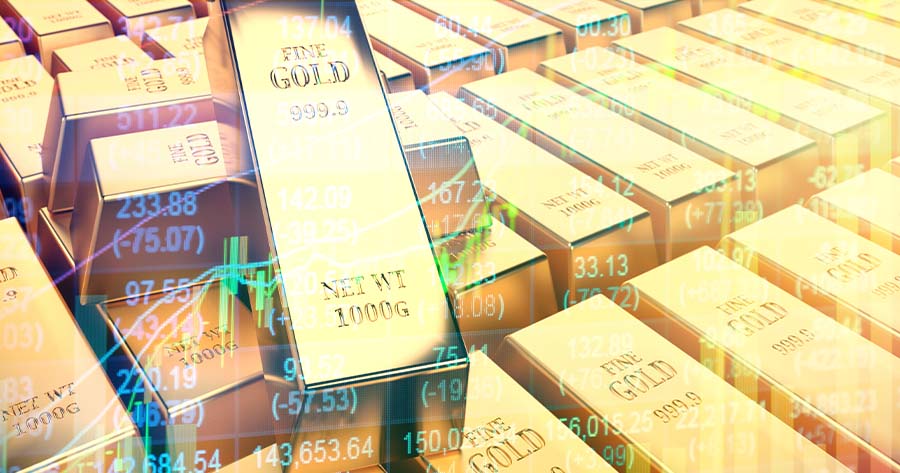Gold prices climbed above $4,000 per ounce for the first time on Tuesday, October 7, as the U.S. government shutdown stretched into its seventh day, intensifying investor demand for safe-haven assets.
Futures on the precious metal briefly reached $4,006 before dipping below the milestone, only to quickly regain lost ground. The commodity has surged 50% since the start of the year, buoyed by persistent inflationary pressures and a weakening U.S. dollar, according to financial data from CME Group.
Over the past year, the dollar has lost 10% of its value, amplifying concerns about its purchasing power. Inflation currently stands at 2.9%, outpacing the Federal Reserve’s 2% target. As a result, many investors are turning to gold as a hedge, CME Group analysis noted.
Historically, gold tends to rally during periods of economic uncertainty and rising inflation, reinforcing its reputation as a refuge for investors amid an uncertain policy environment.
The continuing climb in gold prices has been fueled by several factors, including strong accumulation by central banks—particularly those in emerging markets—as they move to diversify their reserves.
Recent global political turbulence has also played a pivotal role in the surge. Market unease intensified after the U.S. federal operations entered a second week of shutdown, limiting investor access to key economic indicators and clouding the Federal Reserve’s policy outlook.
Meanwhile, political disarray in France deepened after Prime Minister Sebastien Lecornu resigned following failed budget negotiations, amplifying concerns surrounding the region’s fiscal health. In Japan, financial markets experienced further volatility ahead of the expected leadership change, with Sanae Takaichi poised to become the new prime minister.
President Donald Trump’s assertive approach to global trade and geopolitics has contributed to gold’s rally this year, prompting many investors to seek refuge from an unpredictable dollar and escalating geopolitical risks. With central banks and ETFs accumulating substantial holdings, and the Federal Reserve maintaining a dovish stance, gold appears positioned for its strongest annual performance in decades.



